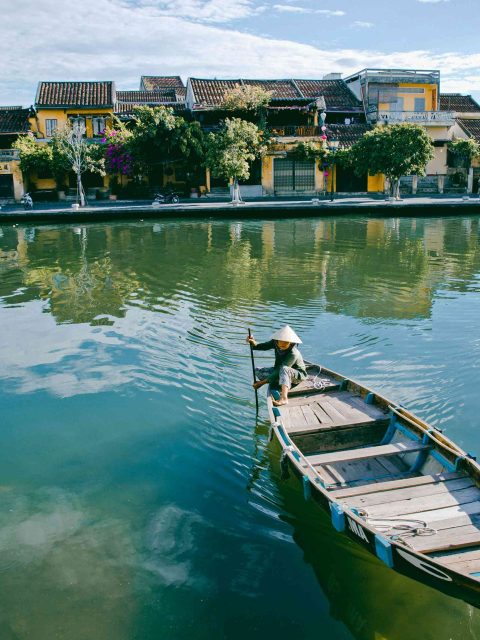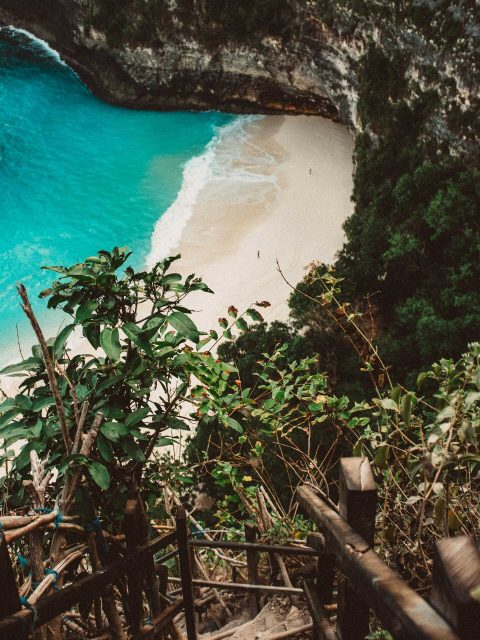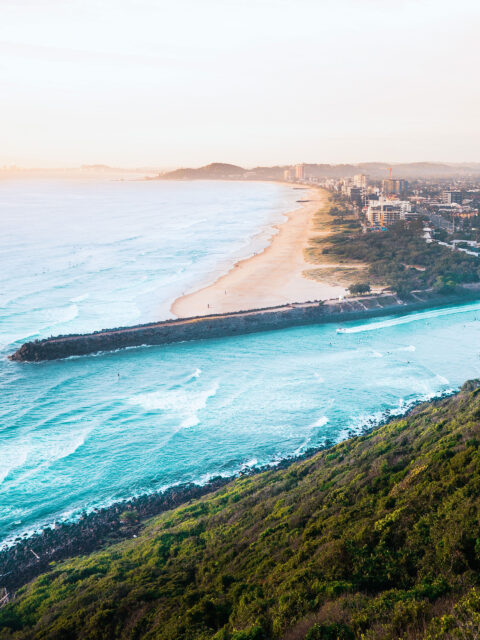Discover the Best Things to Do in Laos in Just 1 Week
Discover the top things to do in Laos as you embark on an unforgettable seven-day journey through this land brimming with hidden treasures. Drive past serene rice paddies and navigate secluded jungle paths. Pause to admire majestic cliffs draped in lush forests, revealing why Laos is considered a hidden gem among Southeast Asian destinations.
This tranquil setting is perfect for exploring the natural marvels of Laos, including pristine blue lagoons, vast caves, and spectacular waterfalls. Are you planning a week in Laos itinerary? This guide outlines the ideal 7-day Laos travel guide to ensure you experience all that Laos has to offer.
Chapters
The Perfect 1 Week in Laos Itinerary
Whether you’re exploring cultural sites in Vientiane, enjoying outdoor activities in rugged Vang Vieng, or soaking in the rich history of Luang Prabang, this itinerary can be tailored to suit your interests. It offers flexibility to modify your journey as you wish, ensuring a personalized experience that captures all Laos has to offer.
Here’s how you can make the most out of every day traveling through the picturesque northern regions of Laos.
Day 1-2: Vientiane
Situated near the Thai border, Vientiane serves as both the capital and the largest city of Laos. Unlike the bustling capitals of Southeast Asia, Vientiane retains a serene atmosphere that is quintessentially Laotian. This city is the perfect destination for those seeking tranquility amidst beautiful surroundings.
Vientiane is compact and easy to navigate, making it possible to explore the main attractions within two days. The city’s calm pace allows for a leisurely exploration of its architectural marvels, historical temples, and vibrant local markets.
A visit to Pha That Luang, a stunning golden stupa and the national symbol of Laos, is essential. This iconic monument captivates visitors with its architectural beauty and spiritual significance. Nearby, the serene reclining Buddha at Wat That Luang Tai offers a moment of peace and reflection.
Another highlight is the Patuxay Monument, known as the Arc de Triomphe of Laos. Climbing to the top provides a panoramic view of the city’s layout and the distant hills. Additionally, a stroll along the Mekong River at sunset offers a picturesque end to the day, with the riverbanks coming alive with locals and tourists alike enjoying the cooler temperatures.
Day 3-4: Vang Vieng
Vang Vieng is celebrated as the adventure capital of Laos, offering a blend of exhilarating outdoor activities set against a backdrop of stunning landscapes. This small town is encircled by mountains, verdant rice paddies, and the winding Nam Song River, making it an ideal destination for both adventure seekers and nature enthusiasts.
In Vang Vieng, visitors can engage in numerous activities such as exploring extensive hiking trails that lead to breathtaking viewpoints and ancient caves. Notable peaks like Phangern (also known as Pha Ngern Silver Cliff viewpoint), Nam Xay, and Pha Honekham offer spectacular panoramic views, ideal for a morning or early afternoon hike.
The town is compact enough to explore on foot, yet renting a bicycle or an e-scooter is advisable for those looking to venture further to visit the renowned blue lagoons and waterfalls. Alternatively, hiring a tuk-tuk offers a relaxing way to experience the local scenery.
Vang Vieng has evolved significantly from its days as a mere backpacker stop to a refined destination that now features a range of high-end boutique hotels and resorts. These establishments provide luxurious accommodations and spectacular views, reflecting the town’s unique charm.
Whether it’s starting your day with a sunrise hike, joining a yoga class, or simply relaxing by a hotel pool, Vang Vieng promises a peaceful yet adventurous getaway. The town also hosts several cafes and restaurants where you can unwind and enjoy the views, perhaps after an exciting day of adventure sports in Vang Vieng.
This location ensures a memorable addition to your Laos travel itinerary, combining natural beauty with a range of activities to suit any traveler’s needs.
Day 5-7: Luang Prabang
Luang Prabang, nestled in the mountainous north of Laos at the confluence of the Mekong and Nam Khan rivers, is a serene city that captures the essence of tranquility. Recognized as a UNESCO World Heritage Site, this city is a blend of traditional Lao architectural styles with French colonial influences, making it one of the best places to visit in Laos.
A stroll through the Old Town will lead you past beautifully preserved shophouses and gilded temples adorned with intricate Naga statues and Buddhist stupas. Notable temples include Wat Xieng Thong, Wat Mahathat, and Wat Hua Xiang. Each offers a unique glimpse into the spiritual and cultural heart of Luang Prabang.
For those looking for relaxation coupled with exploration, spending three days here allows for a thorough appreciation of the city’s major sites. Luang Prabang is more than just lovely architecture; it’s a place where the pace of life invites you to take it slow, enjoy the scenery, and immerse yourself in cultural experiences in Laos.
One of the highlights of visiting Luang Prabang is a trip to Kuang Si Falls, a breathtaking three-tiered turquoise waterfall located just outside the city. It’s perfect for a morning or afternoon excursion. You can swim in several sections of the waterfall and enjoy the natural beauty that surrounds this spectacular site.
Between exploring and sightseeing, take a break in one of the local coffee shops or restaurants that offer a taste of Lao cuisine, providing both nourishment and a moment to reflect on the day’s adventures.
How to Get Around Laos
Traveling in Laos offers a unique adventure thanks to its developing infrastructure. Roads are often unpaved, contributing to the country’s rustic charm. During the rainy season, these roads may become waterlogged, extending travel times.
The Laos high-speed train, part of the Laos-China Railway, has greatly improved connectivity between major tourist destinations such as Vientiane, Vang Vieng, and Luang Prabang. Travel times have been significantly reduced, allowing more time for exploration.
In cities like Vientiane and Luang Prabang, it’s easy to navigate the downtown areas on foot. For longer distances, consider hiring a tuk-tuk for the day, always agree on the fare in advance. Alternatively, download the Loca app, a local alternative to Uber or Grab, which requires a local SIM card but allows credit card payments for cashless convenience.
Buses are a practical and cost-effective option for intercity travel. Within cities, Songthaews, modified pick-up trucks that serve as shared taxis, are widely available for short trips and offer an authentic local travel experience.
Costs of Traveling in Laos
Traveling in Laos is notably affordable, a boon for visitors interested in the country’s abundant natural attractions. Whether it’s hiking to scenic cliff points, exploring ancient caves, or swimming in tranquil lagoons and waterfalls, entry fees rarely exceed 1-2 USD. For budget-conscious travelers, daily expenses can be easily maintained within 10-25 USD. Those looking for a bit more comfort can find high-end accommodations at very reasonable prices, enhancing the travel experience without a significant financial burden.
Best Time to Visit Laos
The optimal time to visit Laos is between October and March, during the dry season. This period not only offers the most pleasant weather but also showcases the natural beauty of Laos at its peak. The lagoons, such as those in Vang Vieng, display their most vibrant turquoise colors, and the waterfalls, including the famous Kuang Si Waterfall in Luang Prabang, flow beautifully due to the recent rains.
October is particularly special as it marks the transition from the rainy to the dry season. The countryside remains lush and verdant, with rice fields still green and waterfalls running strong. Despite being the start of the dry season, this month retains the freshness left by the rains, providing ideal conditions for sightseeing and outdoor activities.
Travel tip: Early October is a great time to visit, as you will catch the landscapes at their most lush and avoid the larger crowds that come later in the season.
Is Laos Worth Visiting?
Discover the serene beauty and rich cultural tapestry of Laos. Nestled in Southeast Asia, this landlocked country offers travelers an escape into a world of Buddhist temples, lush landscapes, and vibrant traditions.
Pros
- Affordability
- Stunning Nature with lush landscapes and majestic waterfalls
- Rich Cultural Heritage from historic temples to vibrant traditions
- Quiet: Less crowded than neighboring countries.
Cons
- Limited Nightlife and Entertainment Options
- Seasonal Limitations: The rainy season can impact travel plans and access to certain areas due to flooding.
- Challenging Roads that can make travel difficult




















